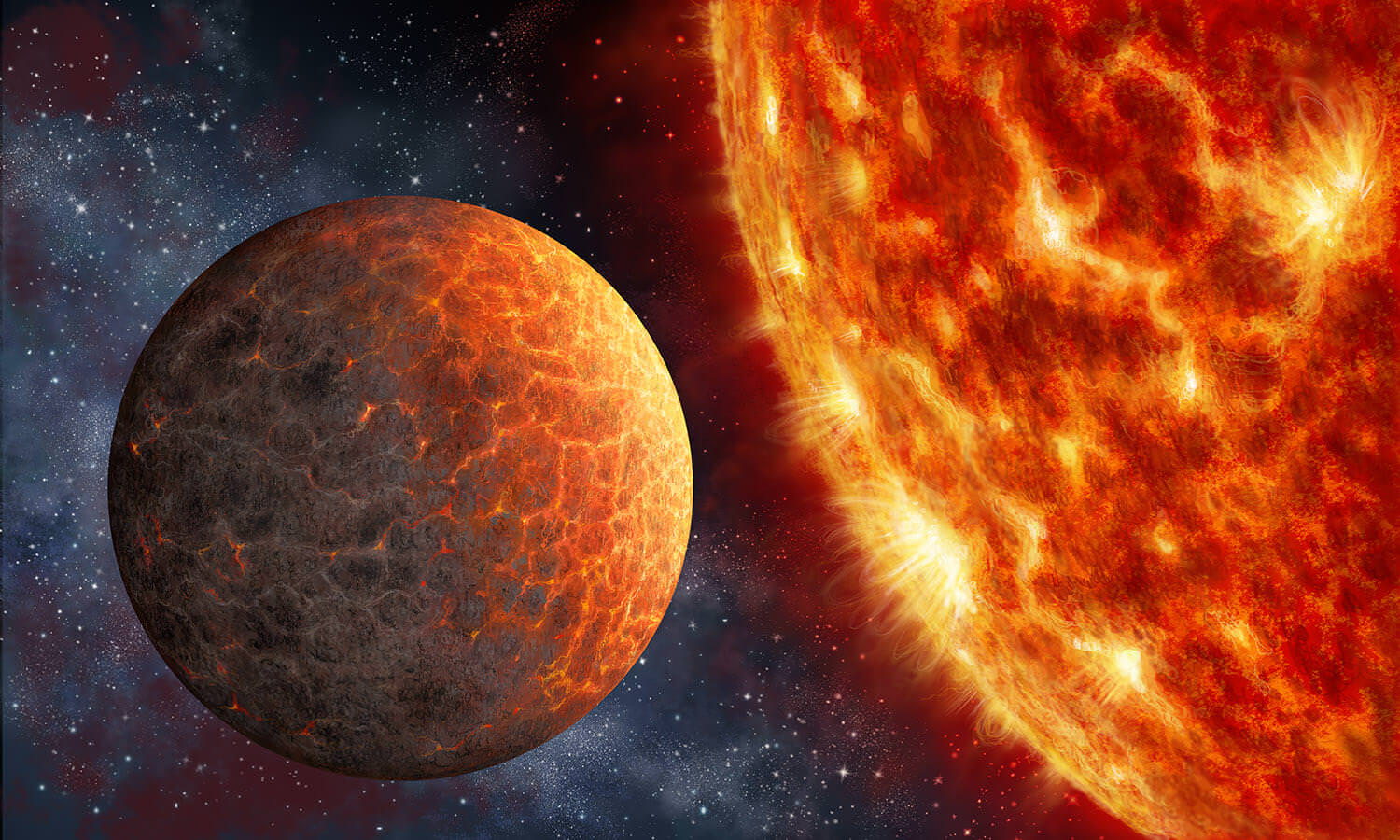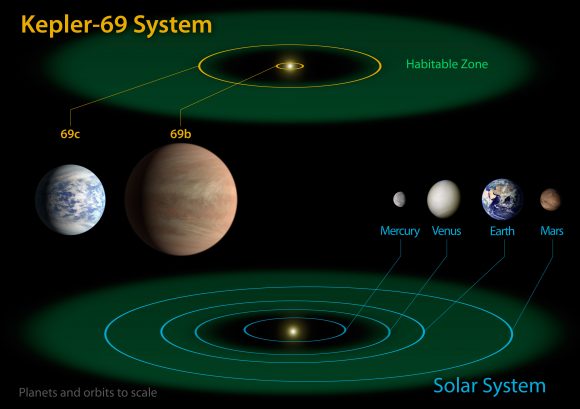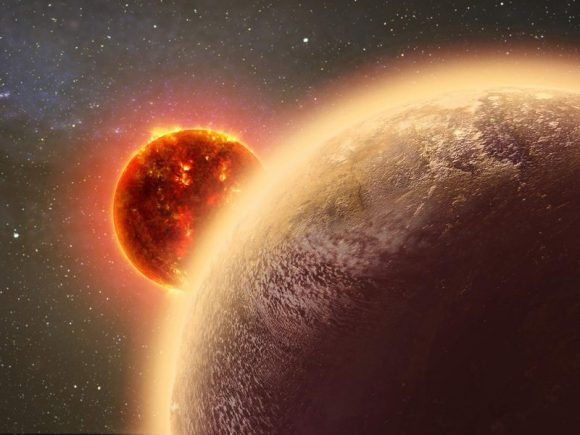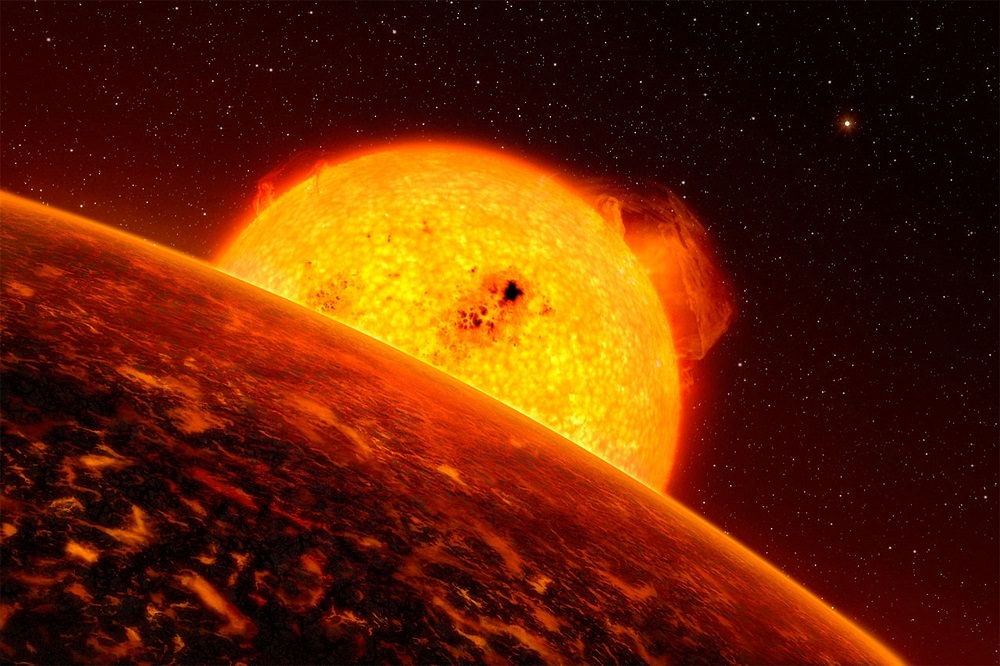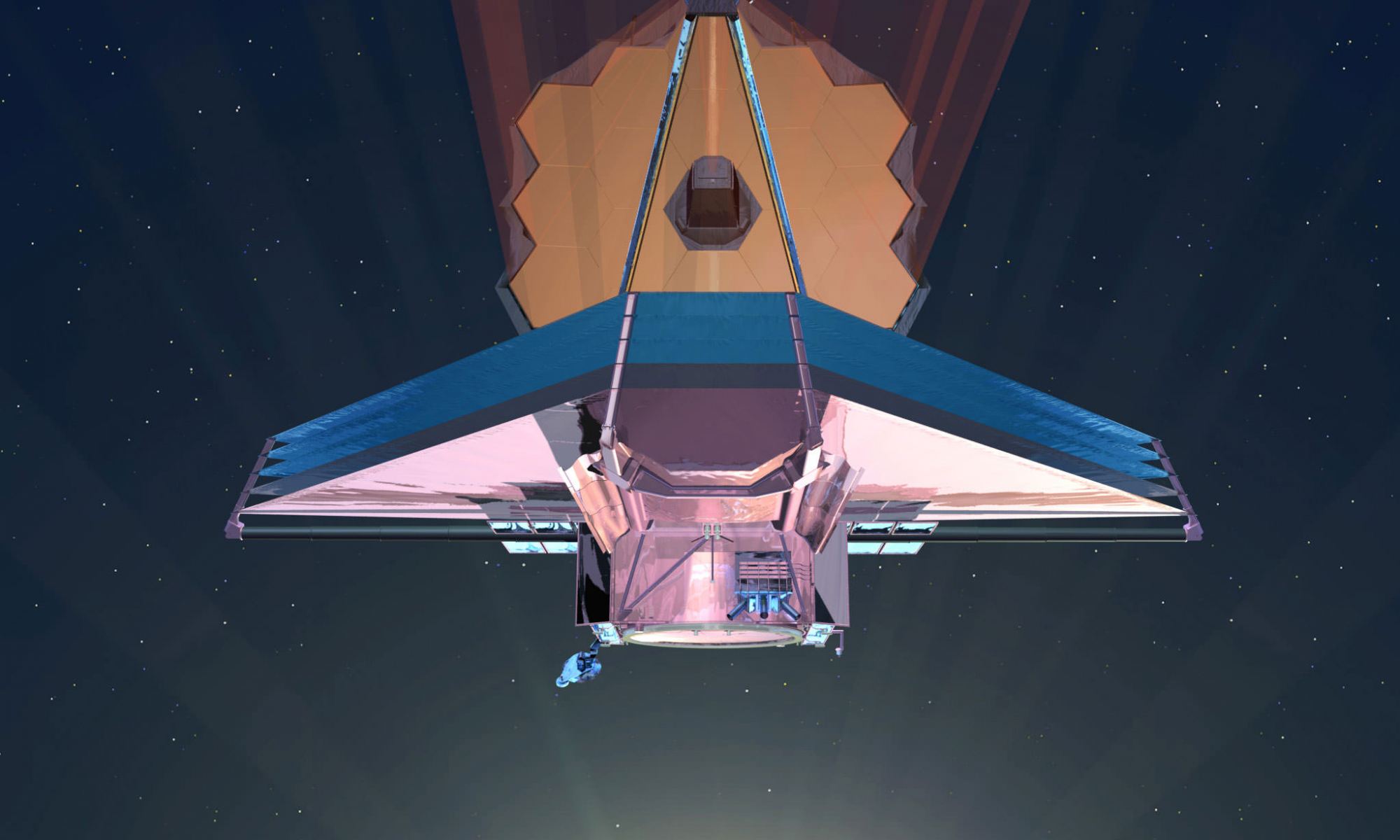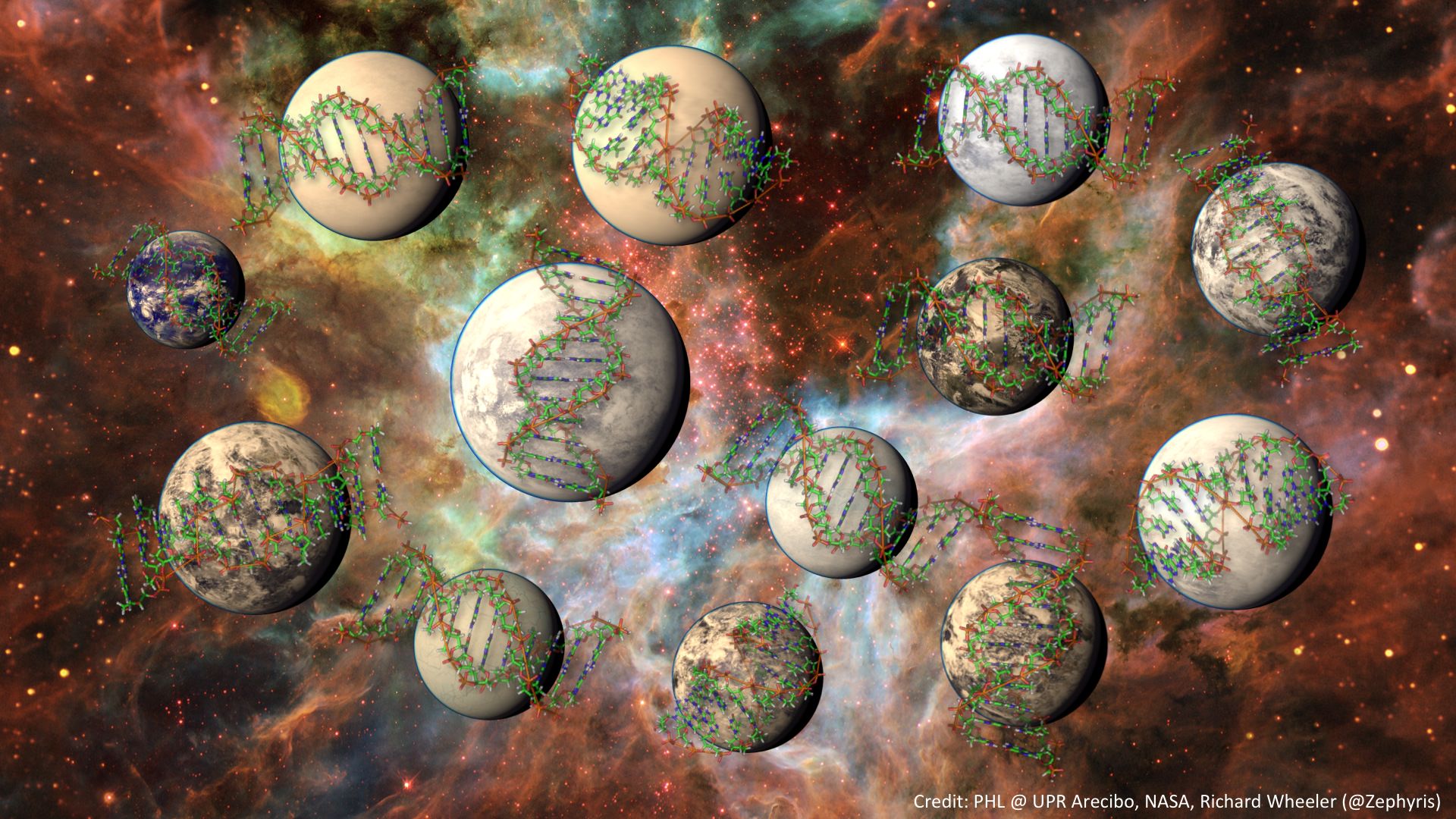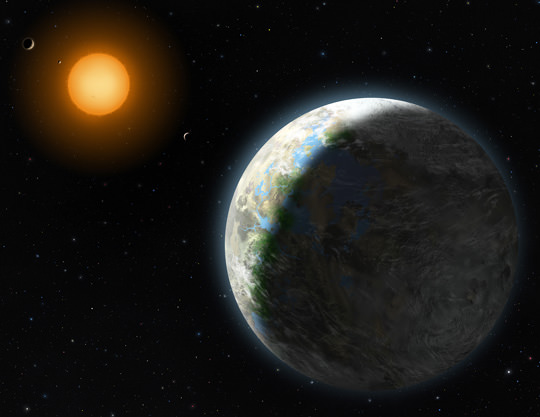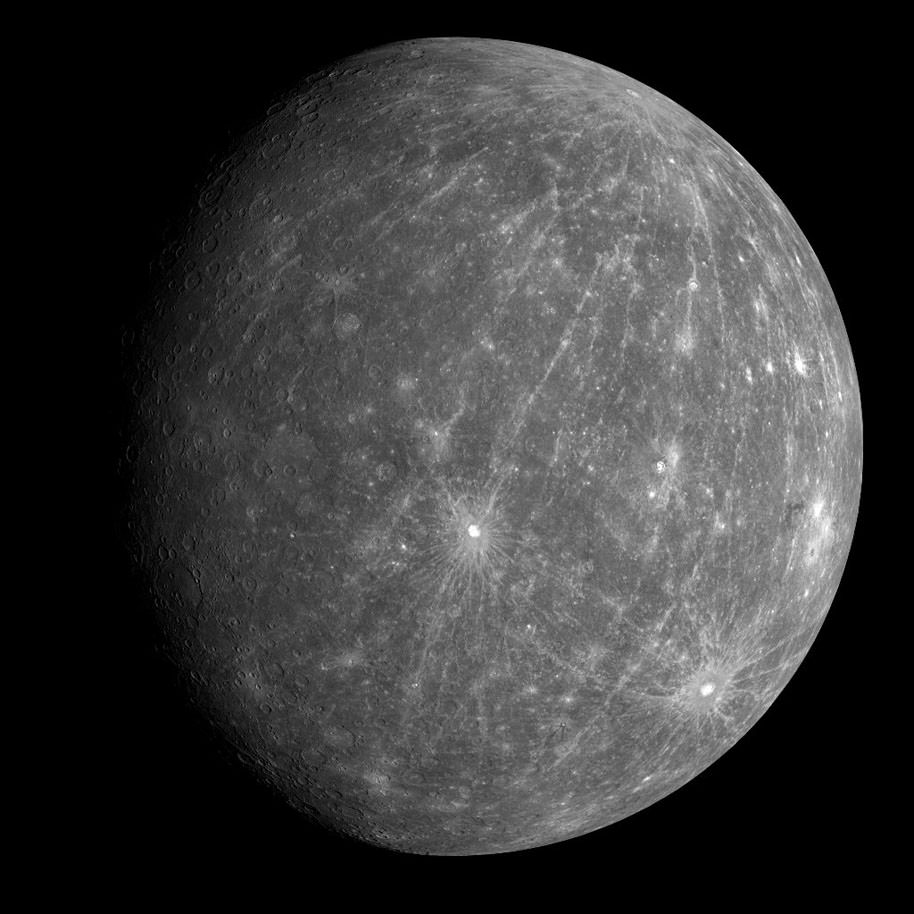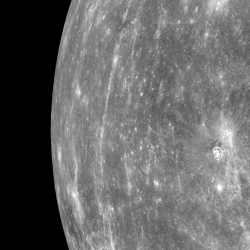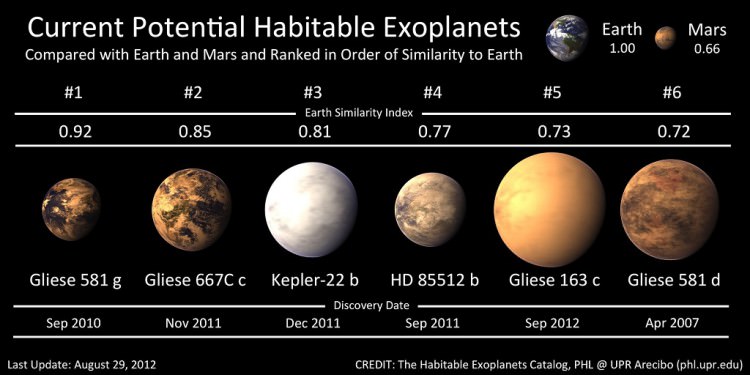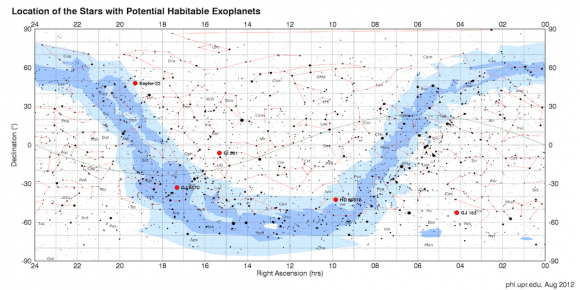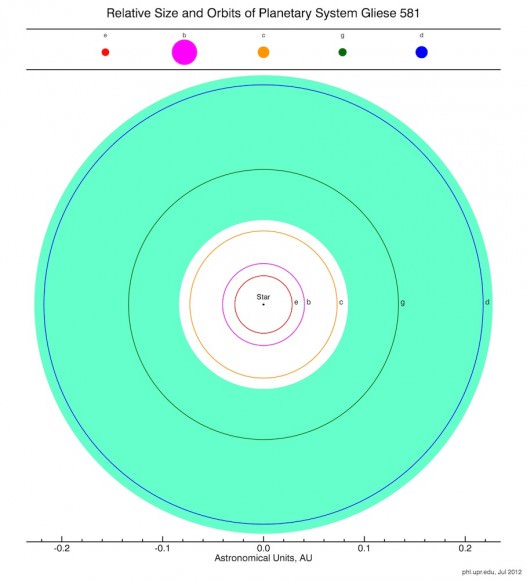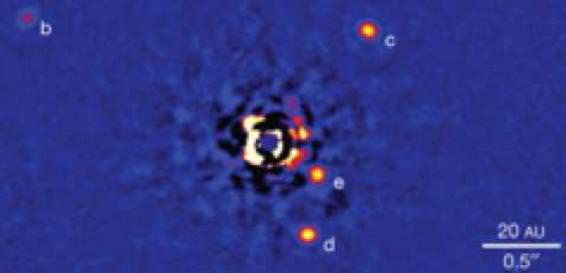If we want to send spacecraft to exoplanets to search for life, we better get good at building submarines.
A new study by Dr. Fergus Simpson, of the Institute of Cosmos Sciences at the University of Barcelona, shows that our assumptions about exo-planets may be wrong. We kind of assume that exoplanets will have land masses, even though we don’t know that. Dr. Simpson’s study suggests that we can expect lots of oceans on the habitable worlds that we might discover. In fact, ocean coverage of 90% may be the norm.
At the heart of this study is something called ‘Bayesian Statistics’, or ‘Bayesian Probability.’
Normally, we give something a probability of occurring—in this case a habitable world with land masses—based on our data. And we’re more confident in our prediction if we have more data. So if we find 10 exoplanets, and 7 of them have significant land masses, we think there’s a 70% chance that future exoplanets will have significant land masses. If we find 100 exoplanets, and 70 of them have significant land masses, then we’re even more confident in our 70% prediction.
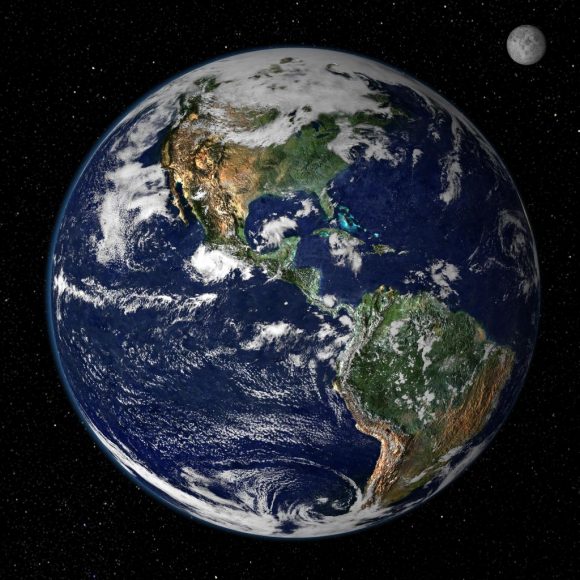
But the problem is, even though we’ve discovered lots of exoplanets, we don’t know if they have land masses or not. We kind of assume they will, even though the masses of those planets is lower than we expect. This is where the Bayesian methods used in this study come in. They replace evidence with logic, sort of.
In Bayesian logic, probability is assigned to something based on the state of our knowledge and on reasonable expectations. In this case, is it reasonable to expect that habitable exoplanets will have significant landmasses in the same way that Earth does? Based on our current knowledge, it isn’t a reasonable expectation.
According to Dr. Simpson, the anthropic principle comes into play here. We just assume that Earth is some kind of standard for habitable worlds. But, as the study shows, that may not be the case.
“Based on the Earth’s ocean coverage of 71%, we find substantial evidence supporting the hypothesis that anthropic selection effects are at work.” – Dr. Fergus Simpson.
In fact, Earth may be a very finely balanced planet, where the amount of water is just right for there to be significant land masses. The size of the oceanic basins is in tune with the amount of water that Earth retains over time, which produces the continents that rise above the seas. Is there any reason to assume that other worlds will be as finely balanced?
Dr. Simpson says no, there isn’t. “A scenario in which the Earth holds less water than most other habitable planets would be consistent with results from simulations, and could help explain why some planets have been found to be a bit less dense than we expected.” says Simpson.
Simpson’s statistical model shows that oceans dominate other habitable worlds, with most of them being 90% water by surface area. In fact, Earth is very close to being a water world. The video shows what would happen to Earth’s continents if the amount of water increased. There is only a very narrow window in which Earth can have both large land masses, and large oceans.
Dr. Simpson suggests that the fine balance between land and water on Earth’s surface could be one reason we evolved here. This is based partly on his model, which shows that land masses will have larger deserts the smaller the oceans are. And deserts are not the most hospitable place for life, and neither are they biodiverse. Also, biodiversity on land is about 25 times greater than biodiversity in oceans, at least on Earth.
Simpson says that the fine balance between land mass and ocean coverage on Earth could be an important reason why we are here, and not somewhere else.
“Our understanding of the development of life may be far from complete, but it is not so dire that we must adhere to the conventional approximation that all habitable planets have an equal chance of hosting intelligent life,” Simpson concludes.


